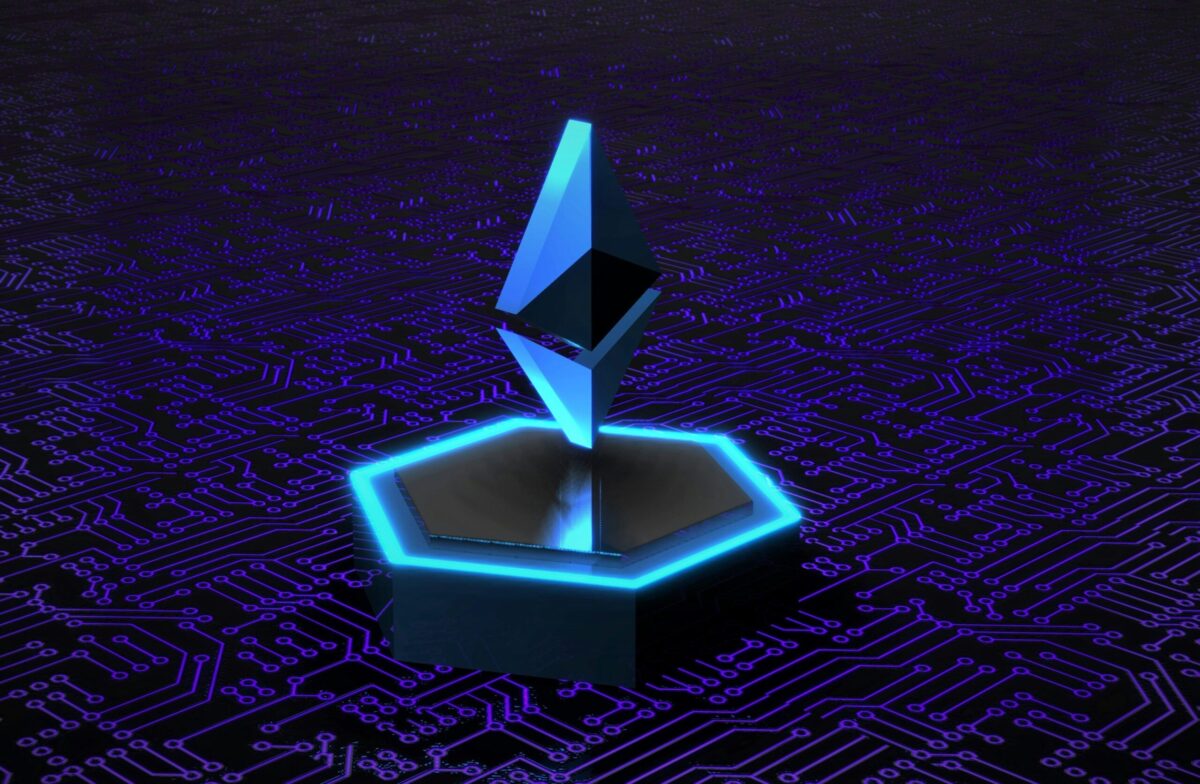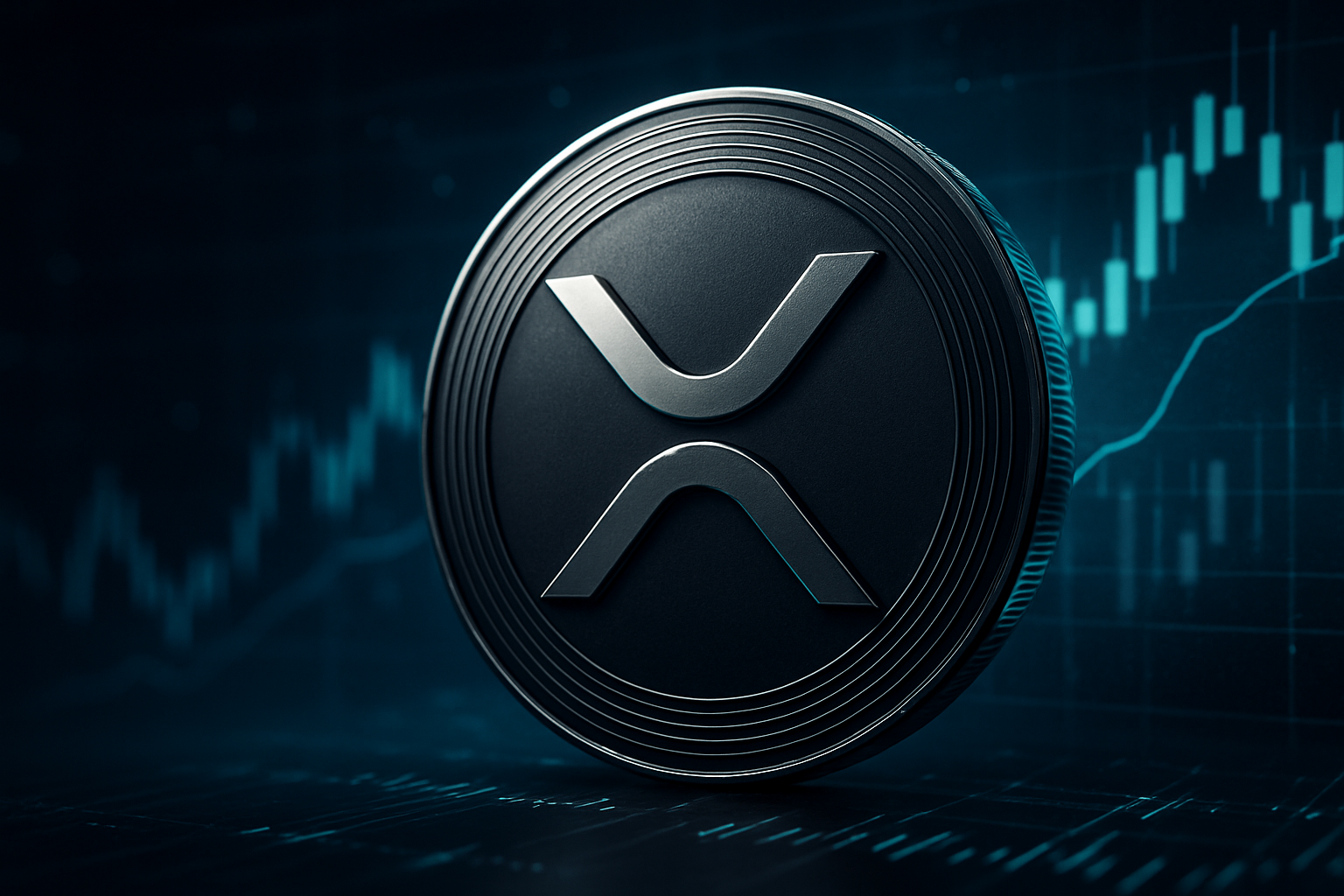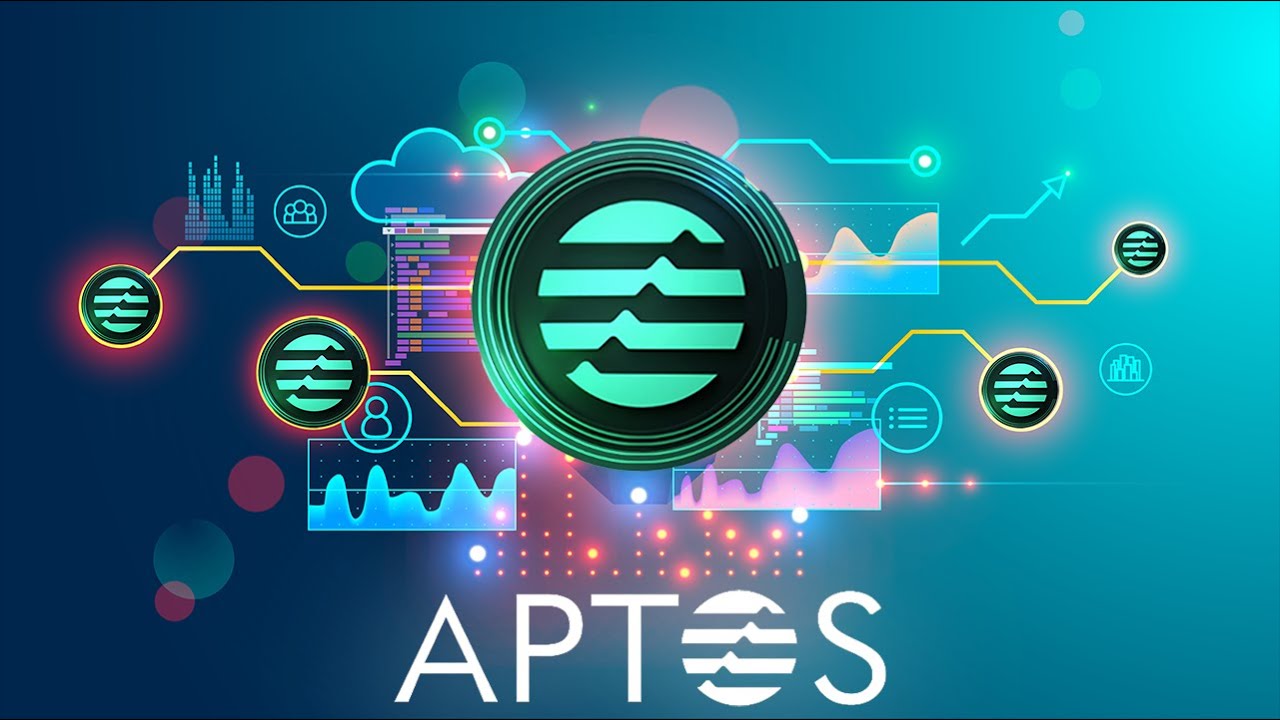After running smoothly on the Hoodi testnet, Ethereum’s long-anticipated Pectra upgrade is ready to go live. Slated for deployment on 7 May, the upgrade arrives just two months later than initially projected and marks the platform’s most significant technical shift since last March.
The upgrade is being rolled out under the leadership of Tim Beiko from the Ethereum Foundation. Final client releases are being made available this week, and validators have been advised to update their nodes as soon as the new binaries are published. This ensures the network is fully prepared ahead of the transition.
“Ethereum is showing it still has the capacity to innovate at the highest levels”, Beiko remarked during a recent call with core developers.
Pectra, a combination of the “Prague” and “Electra” proposals, includes 11 Ethereum Improvement Proposals (EIPs) — more than any single upgrade since Ethereum’s launch in 2015. With the platform nearing its tenth anniversary in July, the timing of this technical leap is significant.
Ethereum was initially proposed by Vitalik Buterin in 2013 as a decentralised, open-source platform supporting smart contracts. It launched in 2015, introducing a new use case for blockchain technology beyond financial transactions.
While Bitcoin operates primarily as digital cash, Ethereum enables the creation of decentralised applications (dApps) and programmable contracts.
Its native cryptocurrency, $ETH, powers transactions across the network. Ethereum also introduced the ERC-20 token standard, supporting various digital assets and use cases like fundraising and asset tokenisation.
Now, with more than 10 million weekly active wallet addresses and over 90% of tokenised real-world assets hosted on its mainnet, Ethereum remains at the heart of decentralised finance (DeFi). The Pectra upgrade aims to further reinforce that dominance.
Smarter wallets, scalable infrastructure
Pectra is not just a routine update—it represents a wide-ranging overhaul of how users and developers interact with the Ethereum network.
Among the biggest changes are two proposals—EIP-3074 and EIP-7702—that introduce account abstraction. This would allow externally owned accounts (EOAs) to function like smart contracts. The change is expected to unlock features like gasless transactions, social recovery options, and batched operations, vastly improving wallet usability.
Wallets will become more flexible and powerful. Users will be able to recover access more easily and carry out complex actions in a single click. “It’s a move toward making wallets work more like apps”, said one developer familiar with the implementation.
On the staking front, Ethereum is making it easier and more cost-efficient to operate multiple validators. EIP-7251 will increase the validator cap from 32 $ETH to 2,048 $ETH, reducing the total number of validators and easing pressure on the Beacon Chain.
Meanwhile, EIP-7002 and EIP-6110 will simplify the onboarding and existing processes for validators, allowing for quicker participation and withdrawals.
These changes are particularly relevant for staking pools and infrastructure providers. By making operations more efficient, the upgrade supports the growing number of institutional players engaging with Ethereum.
For Layer-2 solutions, the upgrade is expected to deliver a significant boost. Ethereum will double the number of “blobs” — data units that help scale rollups — from three to six per block. This change makes L2 transactions cheaper and quicker by increasing data throughput.
Another major enhancement comes from Verkle trees, a cryptographic innovation designed to reduce node storage requirements and enable stateless clients.
This is a critical step toward Ethereum’s long-term decentralisation goals, allowing more users to run lightweight clients and improving access across the board.
“Verkle trees are a game-changer for network participation. They bring us closer to true decentralisation”, one Ethereum researcher commented.
Technical milestone brings renewed optimism
Ethereum’s price has responded positively in the lead-up to the Pectra deployment. On 23 April, $ETH surged to over $1,800, gaining nearly 15% in just 24 hours.
That movement outpaced Bitcoin, which rose by over 6%, and the broader crypto market, which climbed nearly 5% to regain a total market value of $3 trillion.
Since dropping to a low of $1,400 on 9 April, Ethereum has recovered around 30%. Market watchers suggest that the network’s upcoming upgrade is a significant factor behind the rally.
“With the upcoming upgrade moving to mainnet, there’s also a fundamental catalyst supporting the move”, said Markus Thielen of 10x Research.
Crypto analyst, Income Sharks, told followers on X: “You can hate Ethereum all you want, but when it has a big day, the entire crypto ecosystem goes up”.
Not everyone agrees that Ethereum’s recent price action is purely organic. The COO at BTSE, Jeff Mei, stated that Ethereum’s gains are closely tracking Bitcoin’s, and the overall market bounce could be partly due to positive sentiment surrounding Paul Atkins’ appointment as chair of the US Securities and Exchange Commission.
Nevertheless, the rebound has helped Ethereum regain market share. After falling to a September 2019 low of 7% in dominance, $ETH has now moved above 7.5%, according to data from TradingView.
“ETH dominance has managed to protect 2019 all-time lows as support,” noted analyst, Rekt Capital, highlighting the resilience of Ethereum even during turbulent market conditions.
Ethereum remains the leader in decentralised finance, with more than 1,300 protocols on the network and a combined total value locked (TVL) of $46.6 billion—over half of the entire DeFi market. In Q1 2025 alone, its dApp activity generated more than $1 billion in transaction fees.
Home to protocols like Aave, Lido, and EigenLayer, Ethereum also supports newer projects such as Silo, a noncustodial crypto bank, and Meson, which enables zero-slippage cross-chain swaps. These developments underline Ethereum’s continued relevance in real-world finance and innovation.
While Pectra is a landmark moment, it is not the end of Ethereum’s development roadmap. The network is already planning another update, Fusaka, for later in 2025, followed by Glamsterdam, expected in 2026.
According to Buterin, Ethereum’s long-term vision includes a high-performance execution environment possibly built on the RISC-V instruction set.
Some even speculate that this evolution could eventually see the retirement of the Ethereum Virtual Machine (EVM), the computing engine that has powered DeFi from the start.


